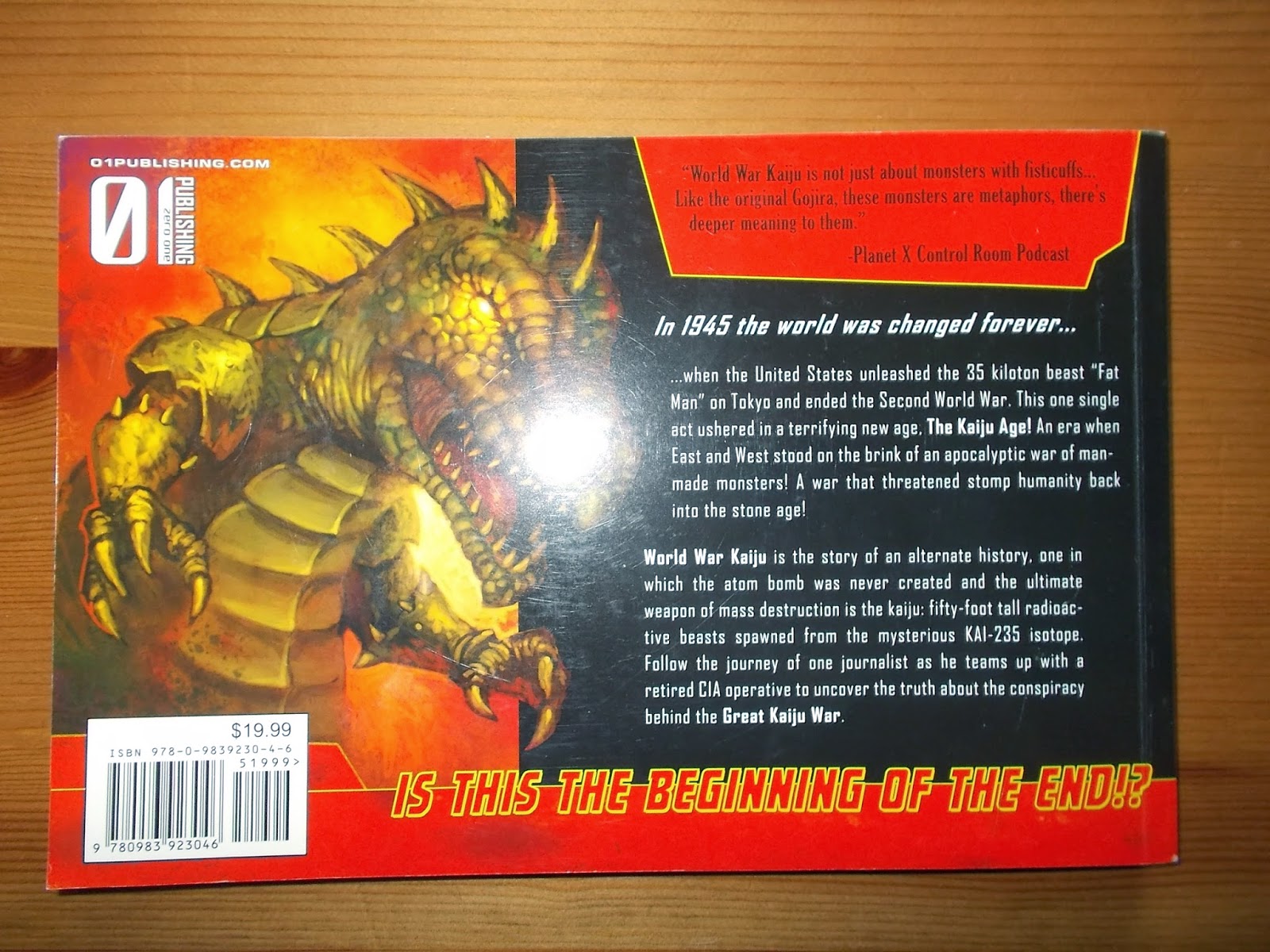So who’d want to do that?
No one sensible one presumes, after all,
even if you manage to steal it, what are you going to do with it?
This is a book by Graham Walmsley, originally
published back in 2011, which details the finer points of Gamesmastering for
Call of Cthulhu. It’s not often that I read
a book on gamesmastering, and to be honest and fair, most of the time, I don’t
feel the need to. I’ve been running
games for more than twenty years and running them well, so like most people who’ve
been doing something most of their lives, while I’m open to new ideas, I have a
reasonably healthy conceit that I’m not going to find any.
Cheerfully proven wrong in this case...
Reading this book has reminded me of how
much I did learn in the early years, how many times I found something new and
it was like Indiana Jones discovering Tanis for the first time. When you start GMing, you don’t know
anything, you figure that being God is easy and the path goes one of two ways.
1: They start acting with impunity,
nothing can stop you, and you can do anything, these GM’s never make it more
than a few years, players won’t put up with them and it won’t be long before
they find themselves either as a player, or at a table of one...
2: They start learning, and every lesson
they learn makes their games better...
This book is for those who intend to
walk the second path...
The book starts with a basic premise,
the understanding that most Cthulhu games follow a particular theme, one that
starts with Investigators finding something strange, things go bad, things get
weird, the mythos shows up, everyone goes mad...
Shooting commences...
And that’s also the problem with most
Cthulhu games, if you play it that way, it turns into Paranoia with added tentacular complications.
There’s a lot of people out there now saying
that I’m wrong in saying that it’s not how the game is played. In truth, yes, a lot of people like to play
Cthulhu like that, and if that’s how you like to play it, then have fun, play
your heart out and never think anything more of it. I see Cthulhu as a setting
that gives you the best chance to have an involved game against impossible
odds, but like all things I come up with, it’s my opinion, and you can take it
or leave it as you see fit.
But here’s why I think that Tentacular
Paranoia is the wrong way to play it...
If you read Lovecraft, those who were
involved in the story often made little difference to the outcome of it, they
were incidentals, bystanders almost, as the mythos creatures went about their
undecipherable plans. They were mostly
powerless in the face of what happened, and the notion of turning up with guns or
secret knowledge conveniently gleamed went out the window when the first page
turned.
And that’s a million miles removed from
most Cthulhu games, where investigators turn up, already know the stats for whatever
they’re facing off against, and have no concern over what it is beyond the
finishing of it. The problem is that
there’s too much information out there, and most savvy players know all about
it, so the only thing they have to worry about is the failure of a SAN check, and
everyone opens fire...
There are some who don’t run games that
way, and doing the job I do for UK Games Expo, I see those people every year, I
know their games will sell out almost instantly because the experience of
playing the game in the way it was meant to be played is something that people search
out every time after they’ve played it that way, and those who don’t play it
like Tentacular Paranoia get their name about fairly quickly.
This book is one of the best resources I’ve
found for how to run games of Cthulhu properly, to recapture that sense of fear
at the things that the investigators may have to face, to bring something
unknown back to the table, and the best part of this is that it doesn’t take
much to do it, it’s changing a few things about the world the investigators are
in, it’s following the way Lovecraft did things, as the title suggests, it’s
Stealing Cthulhu...
And giving it back to your players...
There’s sections on what each different
branch of the Mythos do normally, and how they can be changed to work
differently, advice on cultists and monsters, when to use each, and more
importantly, when not to use them, a
distinction that is more important than most people starting out with Cthulhu
would believe.
At the end of the book, there’s a set of
rules for playing Cthulhu without the masses of rules presented by the regular
books, a system that Graham calls Cthulhu Dark.
Replacing all the rules with simple die rolls and working on a narrative
basis in a style more reminiscent of FATE than BRP, it works well for
experienced players, and the rest of the book provides all any GM needs to get
players to that experienced stage.
The theory is that you can’t teach old
dogs new tricks, but there is the point that sometimes the dog needs reminding
of the things that he learned long ago, sometimes it’s not enough to know
something, sometimes you don’t use your whole arsenal because you haven’t used
it in so long, and if you’re new to the game, you don’t have the arsenal in the
first place, and that’s what I got from this book, a reminder of all the things
that make these games excellent.
It’s available from RPGnow or from Grahams
website direct at
And unlike Cthulhu, it’s worth paying
for...






































